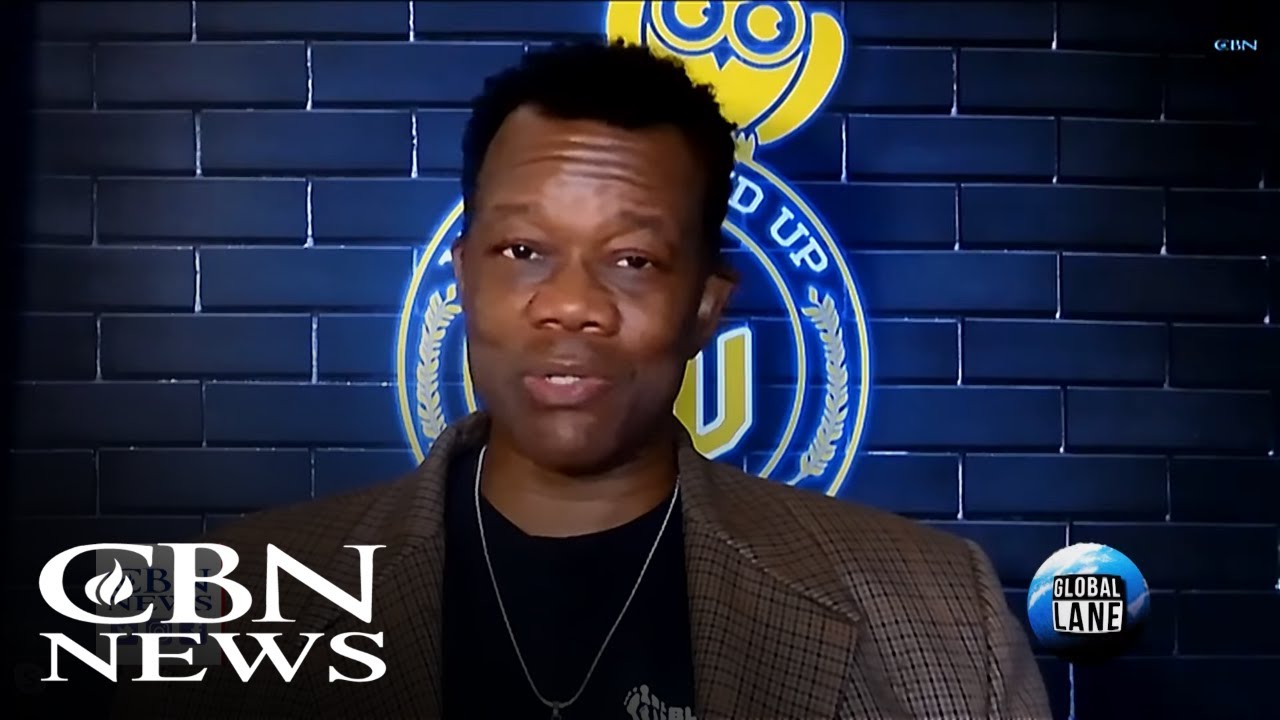This Week in AG History — Jan. 17, 1931
When Barney S. Moore (1874-1956) converted to Christ in 1901, it was during a revival with signs and wonders in a Methodist church. His testimony, published in the Jan. 17, 1931, issue of the Pentecostal Evangel, recounted that the Methodist missionary at the revival “was preaching nearly everything that is now preached in Pentecost.”
Moore recalled that, as the congregation was in quiet prayer, the “heavens opened and a rushing mighty wind” filled the small Methodist church. About one-third of the congregation fell to the ground, overwhelmed by God’s glory and the power of the Holy Spirit. Moore experienced something unexpected — he began speaking in a language he had not learned. At first the pastor was uncertain how to respond to the revival and the gift of tongues. But they soon realized they had experienced something akin to the spiritual outpouring in the second chapter of Acts. At the end of the revival, Moore counted 85 people who had decided to repent of their sins and follow Christ.
At the encouragement of his pastor, Moore attended Taylor University (Upland, Indiana) and studied for the ministry. At his first pastorate, in Urbana, Illinois, in 1904, the power of God fell again. During the revival, he wrote, a lady in his church spoke in tongues she had not learned, which Moore deemed to be classical Hebrew and Latin.
Moore was ordained in 1906 by the Metropolitan Church Association, a small Holiness denomination. Before long he heard about the Azusa Street Revival (1906-1909) in Los Angeles, which had become a focal point of the emerging Pentecostal movement. He immediately recognized the similarity between his own spiritual experiences and what was happening at the Azusa Street Revival. He cast his lot with the Pentecostals.
In 1914, Moore and his wife, Mary, followed God’s call to serve as missionaries in Japan. They established a thriving mission and, in 1918, affiliated with the Assemblies of God. When a catastrophic earthquake and tsunami hit Japan in 1923, devastating Yokohama and Tokyo and killing 140,000 people, the Moores turned their efforts toward relief work. Moore wrote a widely-distributed book, The Japanese Disaster: or the World’s Greatest Earthquake (1924), and spent years raising money to help the suffering Japanese people.
The testimony of Barney Moore demonstrates that early Pentecostals did not emerge in a vacuum. They were heirs to earlier revival traditions, including those in Methodist and Holiness churches. Moore was careful to document that his experience of speaking in tongues came before the broader Pentecostal movement came into being. His story also shows that early Pentecostals, when confronted by human suffering, were among those who demonstrated Christ’s love not just in word, but in deed.
Read Barney Moore’s article, “Glorious Miracles in the Twentieth Century,” on pages 2-3 of the Jan. 17, 1931, issue of the Pentecostal Evangel.
Also featured in this issue:
• “The Gift of Faith,” by Donald Gee
• “Evidences of God’s Grace in Japan,” by Jessie Wengler
And many more!
Click here to read this issue now.
Pentecostal Evangel archived editions courtesy of the Flower Pentecostal Heritage Center.










Leave a Reply